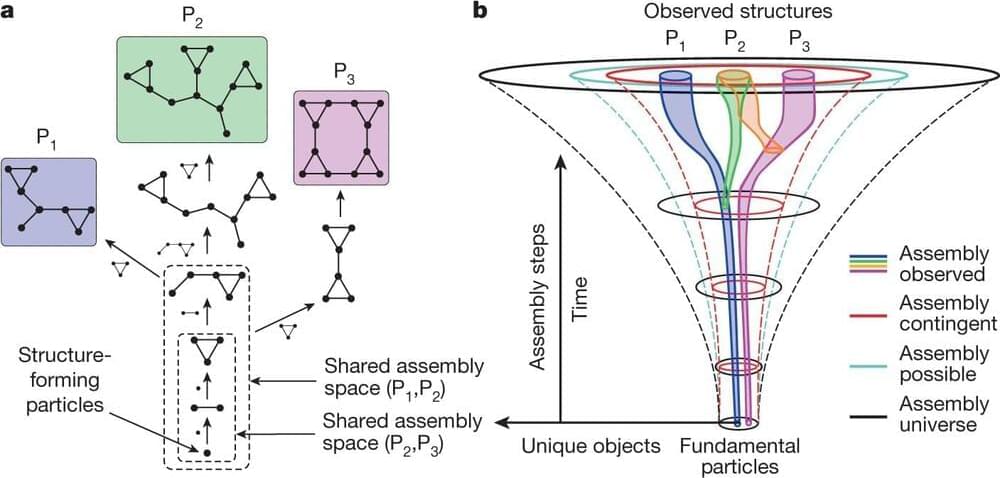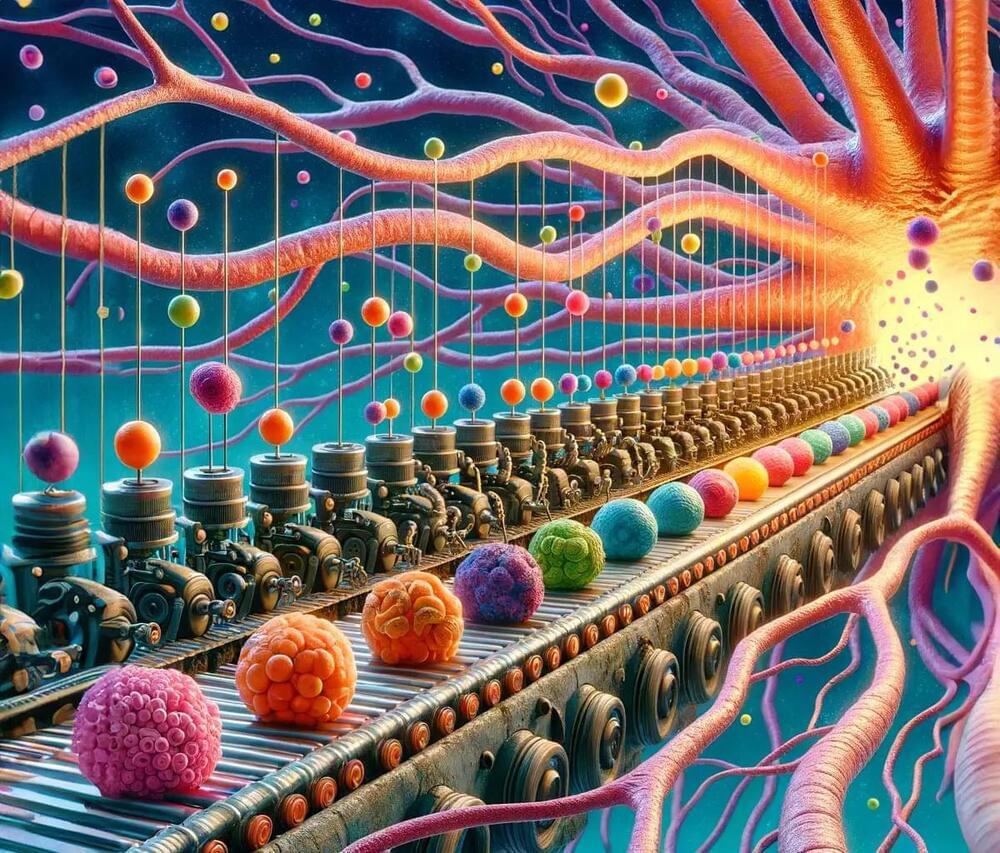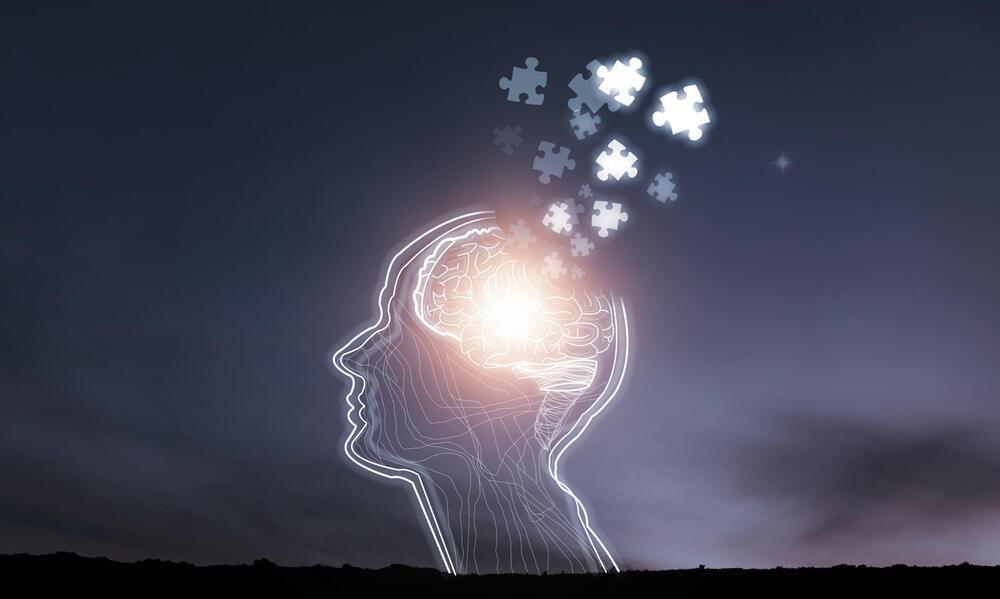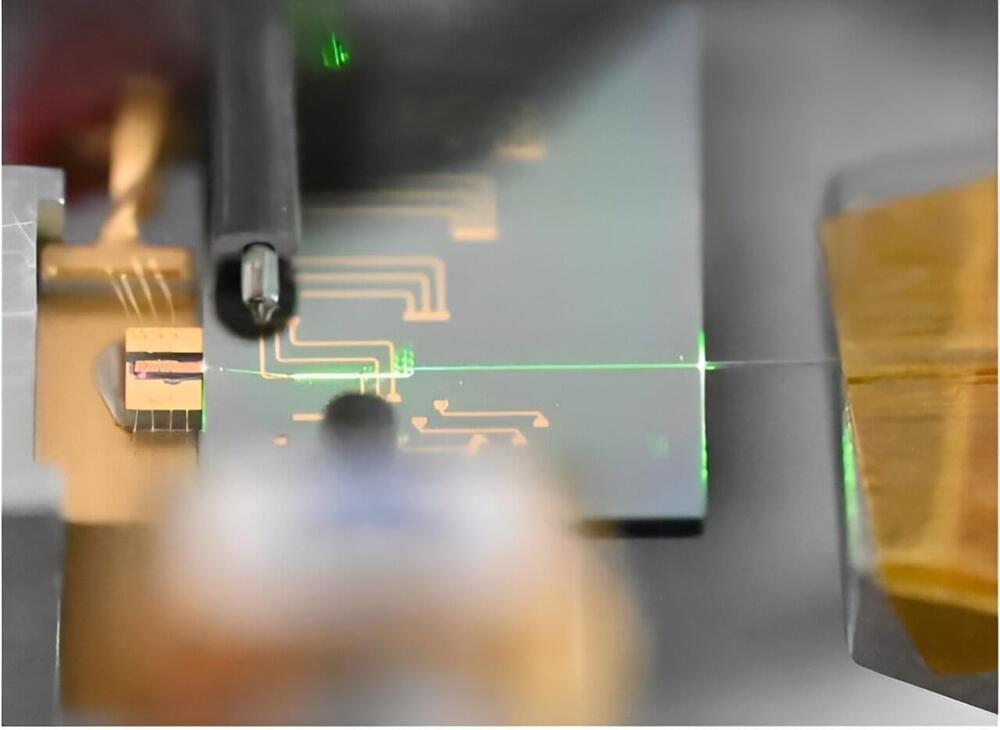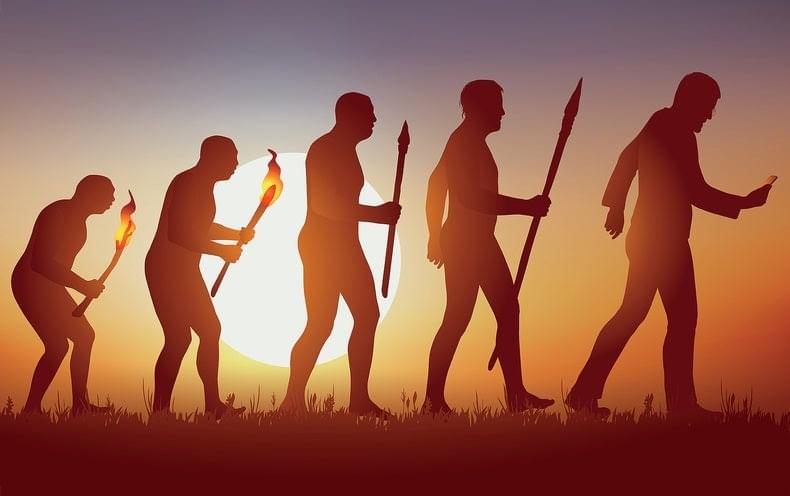If you have any form of Arachnophobia, do not read this article. You’ve been warned. Now if you’re like me and have a mad respect for Mother Nature, I posit you this query. Did you know that spiders can fly? And not by the way you may think.
Good news for your nightmares: Spiders can fly. Despite not having wings, new research shows that spiders have the ability to propel themselves using the Earth’s electric field, with little to no help from wind or webs. Because humans can’t feel these electric currents, their role in biology can often go ignored. But if electrostatic is what is helping spiders fly more than two miles high in the air, let’s pay attention.
In a study published in Current Biology on Thursday, Drs. Erica L. Morley and Daniel Robert of the University of Bristol found that when spiders are placed in a chamber with no wind but a small electric field, they were still able to to fly, despite the prevailing idea that a spider’s flight was reliant on wind currents.
When spiders are airborne, a behavior that’s often described as “ballooning,” most observers assumed that their movement is influenced by air streams. However, this prevailing view couldn’t explain why larger spiders are airborne for extended periods of time, nor could any current aerodynamic models explain these vague ballooning mechanisms.

